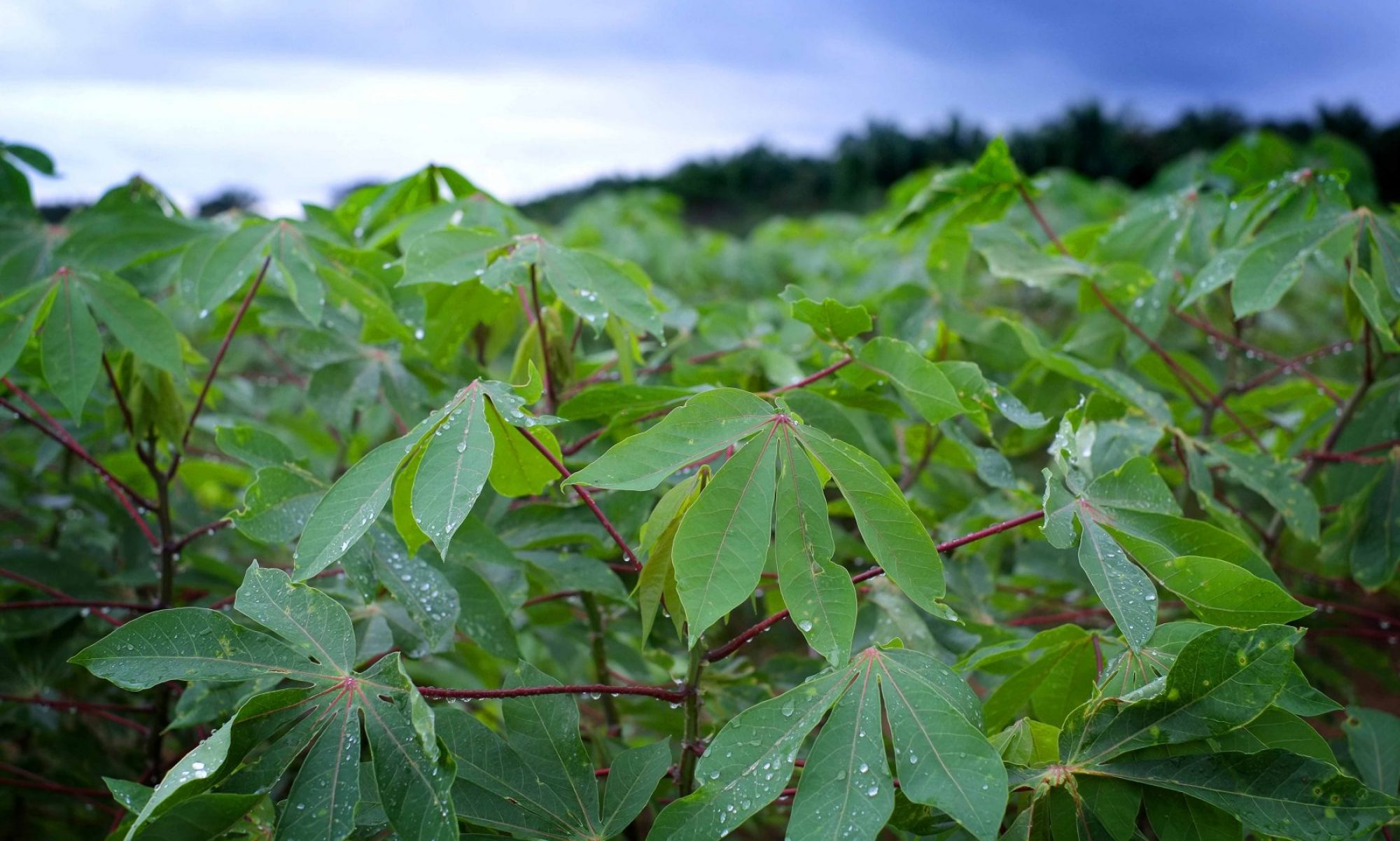
We have identified what we believe are two different types of genetic variation in mycorrhizal fungi; within-fungus genetic variation and among fungus genetic variation. Below you can find out why this is important for the symbiosis.
Genetic variation within the fungus
Ourselves and other organisms, including most fungi, are composed of many cells. There is normally only one nucleus per cell. Each cell in our bodies contains nucleus that is an exact copy of the genome. AMF make hyphae (small filaments or tubes) that contain lots of nuclei that co-exist together without any separation. When the fungus makes spores it packages hundreds, sometimes thousands, of nuclei into one spore. A major finding in our group has been that unlike most other organisms, AMF may contain genetically different nuclei within the same fungus (Kuhn et al. Nature 2001; Hijri & Sanders, Nature 2005). Part of our research seeks to understand whether this within-fungus genetic variation occurs whether it is important for the fungus and whether it influences the symbiosis. The animation on the right explains how genetic variation in AMF could be different from that found in other fungi that also go through a stage where they contain genetically different nuclei.
Genetic variation in AMF populations
Just like most other organisms, if you sample many AMF individuals from a population, it is easy to find genetic variability among individuals. We have shown that genetic differences among AMF originating from a small field in Switzerland are large (Koch et al. PNAS, 2004; Croll et al. New Phytologist, 2008). What is very important is that genetically different AMF, even of the same species, have different effects on plant growth (Koch et al. Ecology Letters, 2006). So this is one type of genetic variation we can possibly use to develop new AMF that have larger effects on plant productivity.
New evidence on genetic variation among nuclei in AMF ……….. coming soon!
